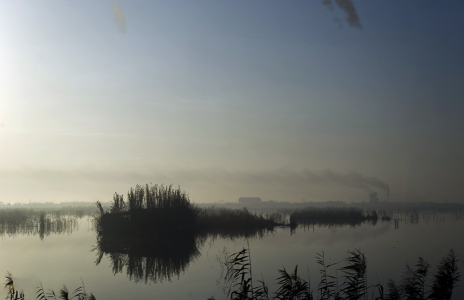Swamps actively giving nearby cities unhealth and encouraging epidemics, being unworkable, and requiring medieval tech and many worker turns just to be removed is an objective problem. It acts as a check on civs that have no reason to be checked.
Valid point, but I'm gonna give a counterview : The 4 swamps tiles in the Nile delta (on Huge World Map) have acted like the primary balancing thing in my game, at least so far.
When settling my second city, I had the choice to put it out of range of thoses marshes, but by doing so, I would have missed a Wheat (on which I counted to feed my miners, that would gives the production needed for this first boat-making costal city).
The huge +12% epidemics, due to 4 marshes tiles, had forced me carefully manages the growth of that city, keeping it small (in contrast to my capital, which always had double to triple the number of inhabitants).
It also added a sense of emergency in how I researched Tech in Ancient/Classical Eras, making me prioritize subpar Tech and not going for the usual ones.
It drives the way I settled my others cities, looking for ressources that would reduces epidemics (and even made me open the Trade panel each turn, looking for someone that would have a sea ressource to trade against my wheat).
And finally, it is now making me rushing the Middle Age at a point where most of the Civ are still Mid-Classical (and even the Age counter is only barely into the -50% Middle Age Tech, and far from the -100%).
Is it a bother ? Yes, clearly.
Could I have easily avoided it ? Yup, settling a tile away would have made that a no-problem.
Is it what makes my game interesting ? Absolutly ! And I'm loving it ^_^
TL ; DR : Having a true negative tile can be it's own kind of fun, I wouldn't advocate for nerfing them or making them removable earlier.
Now, back on my way to discover Mill Machinery before Armor Crafting. On a map full of war-happy leaders






 about keeping the forest (and a savanna for that matter I guess) on tiles, where you at the same time also want a Cottage/Hamlet/Village/Town..... think I got an idea
about keeping the forest (and a savanna for that matter I guess) on tiles, where you at the same time also want a Cottage/Hamlet/Village/Town..... think I got an idea - at least I'm going to try it out when my current test-game is over.
- at least I'm going to try it out when my current test-game is over.